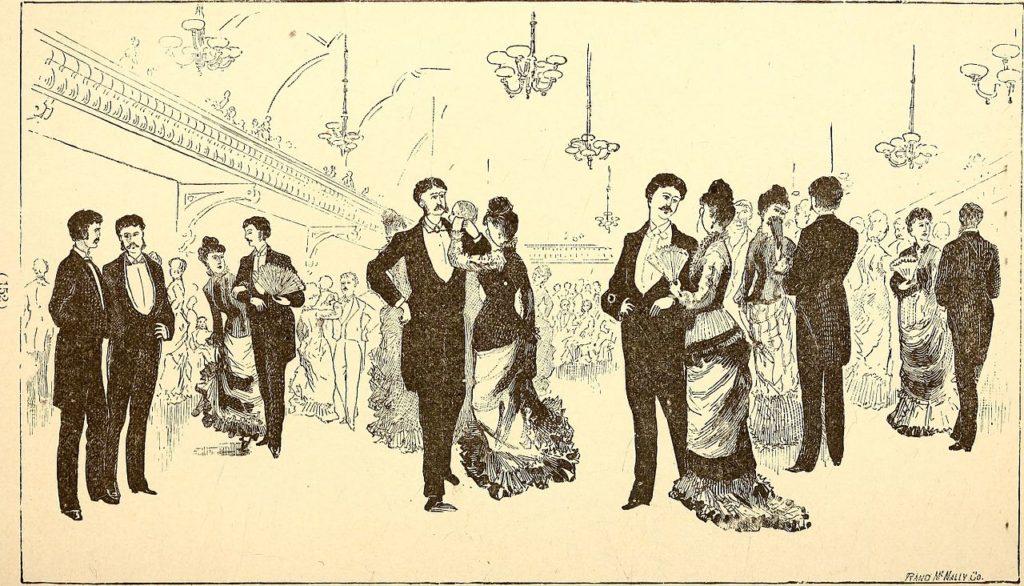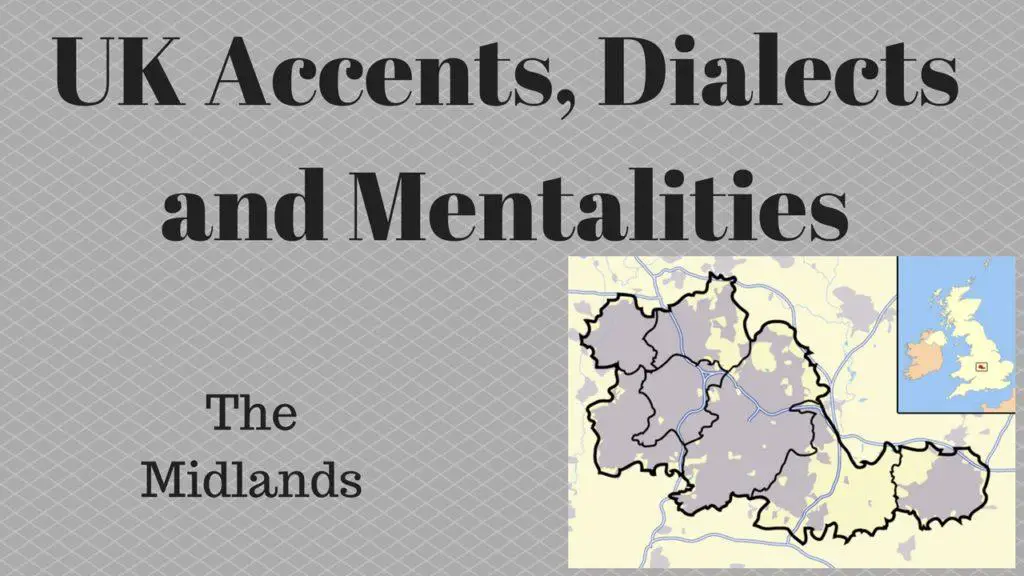Apologise Professionally at Work – Introduction
Misunderstandings happen – even between the most experienced professionals. A missed message, a poorly worded email or an incorrect assumption can easily lead to confusion or conflict. How you respond can either make the situation worse – or build trust and credibility.

In this article, you’ll learn how to handle workplace misunderstandings and apologise professionally using clear, respectful English. We’ll explore helpful phrases, tone tips and cultural considerations to help you move forward with confidence.
This builds on Polite and Diplomatic English: Handle Difficult Conversations at Work, How to Manage Conflict at Work Using Diplomatic Language, and our community for professionals who use English at work, where you can practise these skills in a supportive environment.
Why Professional Apologies Matter
A professional apology isn’t just about saying “sorry”.
It’s about:
- Taking responsibility without damaging your reputation
- Rebuilding trust after a mistake or misunderstanding
- Showing emotional intelligence and self-awareness
Used well, a professional apology can actually strengthen relationships – especially when paired with clear communication and action.
How to Recognise a Misunderstanding Early
The first step is noticing that something’s gone wrong.
Look for signs like:
- Someone seems confused or upset after a message or meeting
- A task was done differently than expected
- There’s silence or tension that wasn’t there before
Rather than ignoring the problem, address it early:
✅ “I just wanted to check – was everything clear from the email I sent yesterday?”
✅ “I have the feeling we might have understood that task differently – can we clarify?”
UK English tends to use more indirect or softening language:
- “There may have been a slight mix-up…”
- “I might not have been as clear as I could have been…”
US English often uses a more direct style:
- “I think we misunderstood each other.”
- “I should have explained that more clearly.”

How to Apologise Professionally
1. Acknowledge the issue clearly
✅ “I realise now that my message wasn’t clear, and I can see how that caused confusion.”
✅ “I misunderstood your instructions, and I’m sorry for the mistake.”
Avoid vague apologies like:
❌ “Sorry if you were upset.”
❌ “Sorry about that.”
Instead, be specific and sincere.
2. Take responsibility (without over-apologising)
✅ “That was my mistake, and I appreciate you pointing it out.”
✅ “I should have double-checked before moving ahead – thanks for your patience.”
In UK culture, people often apologise even when it’s not their fault. While this can show politeness, be careful not to take blame unnecessarily.
In US culture, apologies tend to be more focused on action and accountability.
3. Offer a solution or next step
✅ “I’ve updated the file with the correct figures – would you mind reviewing it again?”
✅ “Let’s schedule a quick call to make sure we’re fully aligned moving forward.”
This shows you’re not just sorry – you’re also taking action to fix the issue.
Apology Phrases for Common Workplace Situations
You missed a meeting:
✅ “I completely missed our meeting this morning – I’m really sorry. Could we reschedule?”
You sent the wrong file:
✅ “I realise I sent the wrong attachment earlier. Please find the correct one here – apologies for the mix-up.”
You misunderstood instructions:
✅ “I see now that I misunderstood your message. I’ll revise the task and get it back to you shortly.”
You were too direct or unintentionally rude:
✅ “Looking back, I realise my comment may have sounded too blunt. That wasn’t my intention – I apologise.”
What to Avoid
- Don’t over-apologise for things beyond your control
❌ “I’m so sorry the internet went down – it’s all my fault!”
✅ “Unfortunately, there was an internet issue earlier – thanks for your patience.” - Don’t shift blame onto others
❌ “I only did that because no one explained it properly.”
✅ “I should have asked more questions to make sure I understood fully.” - Don’t make it about you
❌ “I feel terrible about this – I can’t believe I messed up.”
✅ “I understand this may have caused frustration, and I’ll make sure it doesn’t happen again.”
Example Dialogue: Apologising After a Misunderstanding
You: “Hi Alex – I’ve just realised I misunderstood your deadline. I thought it was Friday, not Wednesday. That’s completely my mistake.”
Alex: “Ah, that explains it. It’s been a bit stressful.”
You: “I’m really sorry for the confusion. I’ve cleared time this afternoon to finish it – I’ll have it ready by the end of the day. Thanks for your patience.”
Notice how this approach takes responsibility, shows empathy and provides a clear next step.

Apologise Professionally at Work – Summary
Handling misunderstandings professionally shows that you care about communication, take responsibility and want to maintain strong working relationships.
Use diplomatic, clear English to apologise without sounding weak – and to move forward positively.
To keep developing these essential skills, join our community for professionals who use English at work, or explore more in Polite and Diplomatic English: Handle Difficult Conversations at Work and How to Manage Conflict at Work Using Diplomatic Language.


